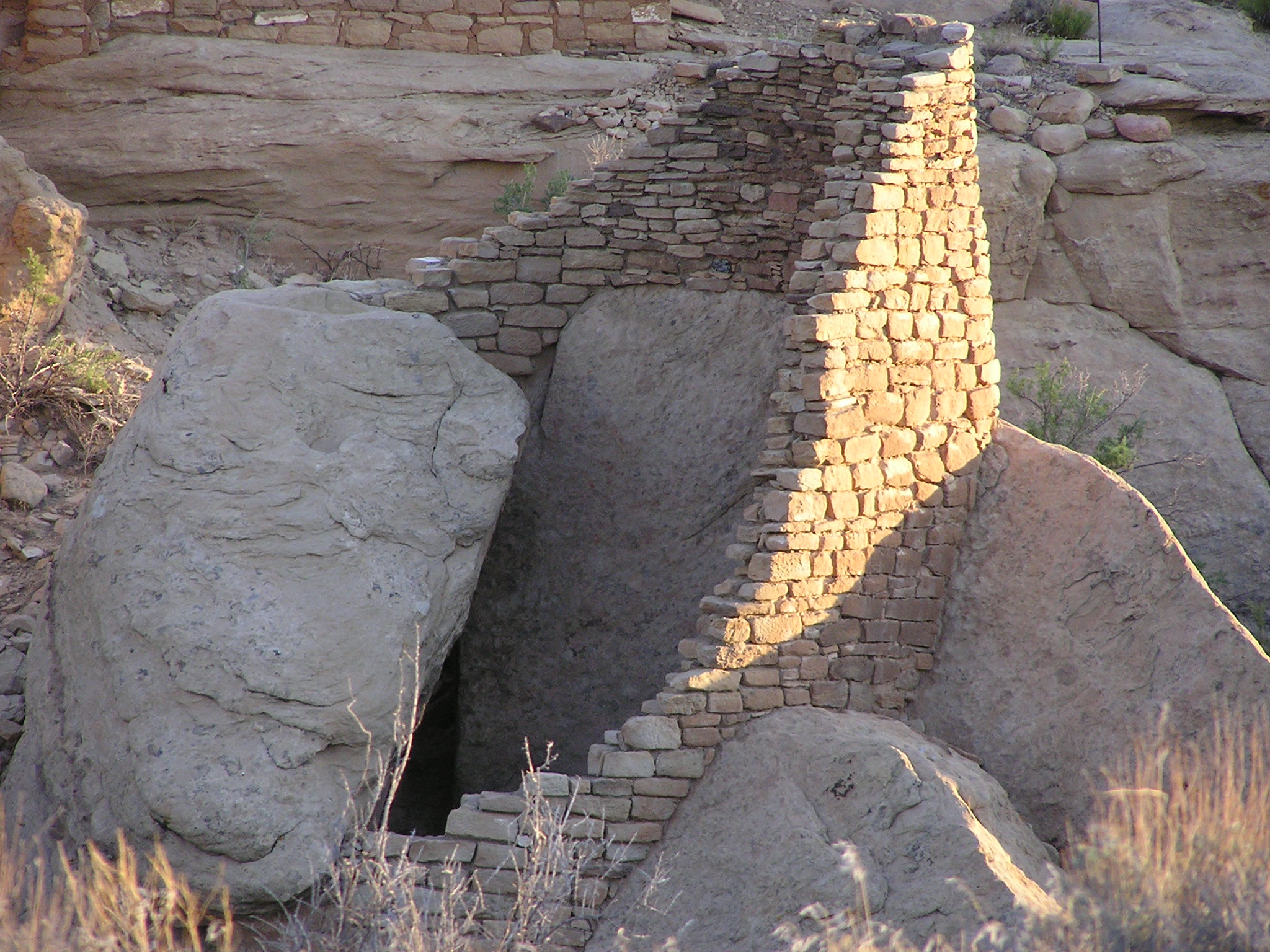Where the Moon Stood Still, and the Ancients Watched – New York Times By MIRIAM HORN
Why did the Chaco people — the Anasazi, or “ancestral Puebloans,†as their descendants prefer — build an enormous ceremonial Great House at Chimney Rock, so far from home, 1,000 feet above the nearest water supply and at the base of immense sandstone spires?
It was not until two decades ago that archaeologists arrived at an explanation that most now accept: the Chaco people built the Great House as a lunar observatory precisely aligned to a celestial event that occurs just once in a generation.
That rare event, a “major lunar standstill,†is happening now, and continues through 2007. To witness this extraordinary moonrise, some two dozen visitors, including me, arrived to climb the Chimney Rock mesa in the middle of an August night.
Every 18.6 years, the moon does something strange: it radically expands the voyage it makes each month across the sky and, at the northern and southernmost edges of that journey, appears to rise in the same spot for two or three nights in a row.
[mjh: That same phenomenon figures into the famous Sun Dagger spiral on Fajada Butte in Chaco Canyon. I highly recommend you follow the link to this article which begins with a breath-taking photo by Helen L. Richardson and nicely balances the personal, the historical and scientific facets of this story. See also Chimney Rock Pueblo Outlier to Chaco Canyon (mjh)
]































 Tom Windes will lead a Maxwell Museum sponsored two-day excursion to Chacoan outlying sites found in the general area of Grants, New Mexico on Saturday-Sunday, April 17-18. These early communities span the Pueblo I, II, III and IV periods (CE 900-1400’s) and provide a visible impression of architectural and ceramic change through the centuries during the Chacoan period and beyond.
Tom Windes will lead a Maxwell Museum sponsored two-day excursion to Chacoan outlying sites found in the general area of Grants, New Mexico on Saturday-Sunday, April 17-18. These early communities span the Pueblo I, II, III and IV periods (CE 900-1400’s) and provide a visible impression of architectural and ceramic change through the centuries during the Chacoan period and beyond. 
